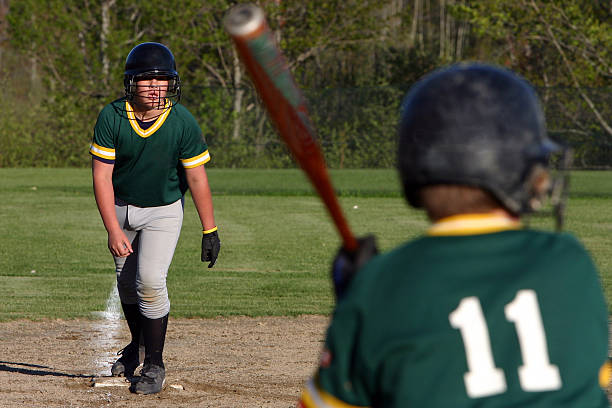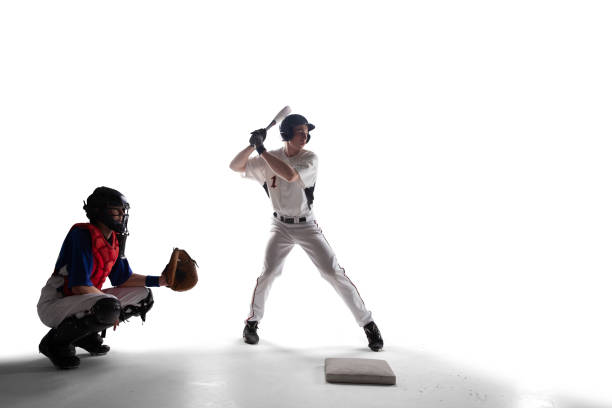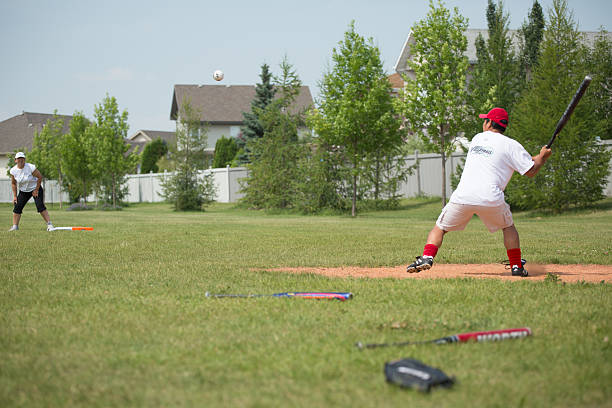views

In the dynamic world of baseball, where every pitch can make a difference between winning and losing, plate discipline stands as a crucial skill that separates the good from the great. Understanding and mastering plate discipline can significantly impact a player's performance and team success.
Factors Affecting Plate Discipline
Plate discipline is influenced by a combination of psychological and physical factors. Players must maintain focus and concentration amidst the pressure of the game. Physical aspects such as hand-eye coordination and reaction time also play a vital role. Additionally, training and practice are essential for honing plate discipline skills.
What is plate discipline?
Plate discipline refers to a hitter's ability to recognize pitches, lay off balls outside the strike zone, and wait for pitches they can drive.
Psychological Aspects
The mental aspect of plate discipline involves maintaining concentration, staying patient, and remaining focused on the task at hand. Players must have the mental fortitude to resist swinging at pitches outside the strike zone and wait for their pitch to hit.
Physical Factors
Physical attributes like hand-eye coordination, reflexes, and overall athleticism contribute to a player's ability to discern between pitches and make split-second decisions at the plate.
Training and Practice
Repetitive batting practice and simulated game situations help players develop muscle memory and sharpen their plate discipline skills over time.

How can I improve my plate discipline?
Improving plate discipline requires practice, focus, and patience. Work on pitch recognition drills, visualize success at the plate and stay disciplined in your approach.
Key Metrics for Plate Discipline
Several metrics are used to assess a player's plate discipline, including:
Walk rate (BB%): The percentage of plate appearances that result in a walk.
Strikeout rate (K%): The percentage of plate appearances that end in a strikeout.
Chase rate (O-Swing%): The percentage of pitches swung outside the strike zone.
These metrics provide valuable insights into a player's ability to control the strike zone and make informed decisions at the plate.
Benefits of Good Plate Discipline
Players with good plate discipline enjoy several advantages:
Higher on-base percentage (OBP): Patient hitters draw more walks, increasing their OBP and putting pressure on opposing pitchers.
More favorable pitch counts: By working deep into counts and forcing pitchers to throw more pitches, disciplined hitters wear down the opposing pitching staff and create scoring opportunities for their team.
Increased likelihood of getting hits: Hitters with good plate discipline are more selective and often get better pitches to hit, leading to higher batting averages and more extra-base hits.
Improving Plate Discipline
Developing plate discipline requires a combination of mental focus, physical practice, and a strategic approach. Players can improve their plate discipline by:
Recognizing pitches early: Training their eyes to pick up the ball out of the pitcher's hand and identify pitch types early in the delivery.
Understanding the strike zone: Knowing the strike zone's dimensions and having the discipline to lay off pitches outside the zone.
Patience at the plate: Adopting a selective approach and waiting for pitches they can drive.
Techniques for Developing Plate Discipline
Coaches and players employ various techniques to enhance plate discipline:
Visualization exercises: Mental imagery and visualization techniques help players anticipate pitches and stay focused during at-bats.
Batting practice drills: Simulating game situations and practicing pitch recognition drills can improve a player's ability to lay off bad pitches.
Working with coaches: Receiving feedback from coaches and analyzing video footage of at-bats can help players identify areas for improvement and fine-tune their approach.
Plate Discipline and Pitchers
Plate discipline not only benefits hitters but also presents challenges for opposing pitchers:
Impact on opposing pitchers: Disciplined hitters force pitchers to throw strikes and work deep into counts, increasing their pitch count and potentially leading to mistakes.
Strategies for pitchers to counter disciplined hitters: Pitchers often try to disrupt hitters' timing with off-speed pitches and locate pitches on the edges of the strike zone to induce weak contact.
How does plate discipline affect a player's overall performance?
Plate discipline impacts a player's ability to get on base, work deep into counts, and create scoring opportunities for their team. Players with good plate discipline tend to have higher on-base percentages and contribute more to their team's offensive production.
Plate Discipline in Youth Baseball
Instilling good plate discipline habits at a young age is crucial for player development:
Teaching young players about plate discipline: Coaches emphasize the importance of patience, pitch recognition, and selectivity at the plate.
Encouraging patience and focus: Youth players are taught to wait for their pitch and not to swing at bad pitches out of the strike zone.
Common Plate Discipline Mistakes
Even experienced players can struggle with plate discipline at times:
Swinging at bad pitches: Impatience or over-aggressiveness can lead hitters to chase pitches outside the strike zone.
Lack of focus: Mental lapses or distractions can cause hitters to lose focus and swing at pitches they should lay off.
Impatience: Trying to do too much or forcing the issue can result in hitters expanding the strike zone and making weak contact.
Plate Discipline in Other Sports
While plate discipline is unique to baseball, similar concepts apply in other sports:
Comparisons with basketball, soccer, etc.: Just as hitters must read the pitcher and make split-second decisions, athletes in other sports must react quickly to changing game situations.
Transferable skills: The ability to stay focused, make quick decisions, and maintain composure under pressure is valuable across various sports.
The Future of Plate Discipline
Advancements in technology and analytics are shaping the future of plate discipline:
Technological advancements: High-speed cameras and motion capture technology provide players with real-time feedback on their swing mechanics and pitch recognition.
Analytical tools: Advanced metrics and data analysis help players and coaches identify trends, tendencies, and areas for improvement.
Changing strategies: As the game evolves, teams adapt their approaches to leverage data and gain a competitive edge.
Plate Discipline in the Era of Analytics
Baseball's embrace of analytics has revolutionized the way teams evaluate and develop players:
Data-driven approaches: Teams use advanced metrics and scouting reports to assess players' plate discipline and make data-driven decisions.
Incorporating analytics into training: Players incorporate data-driven insights into their training regimens to improve their performance and gain a competitive advantage.
Conclusion
Plate discipline is a fundamental skill that can make a significant difference in a player's success on the baseball diamond and in baseball practice plans. By understanding the strike zone, staying patient, and maintaining focus, hitters can increase their on-base percentage, create scoring opportunities, and contribute to their team's success.






















Comments
0 comment